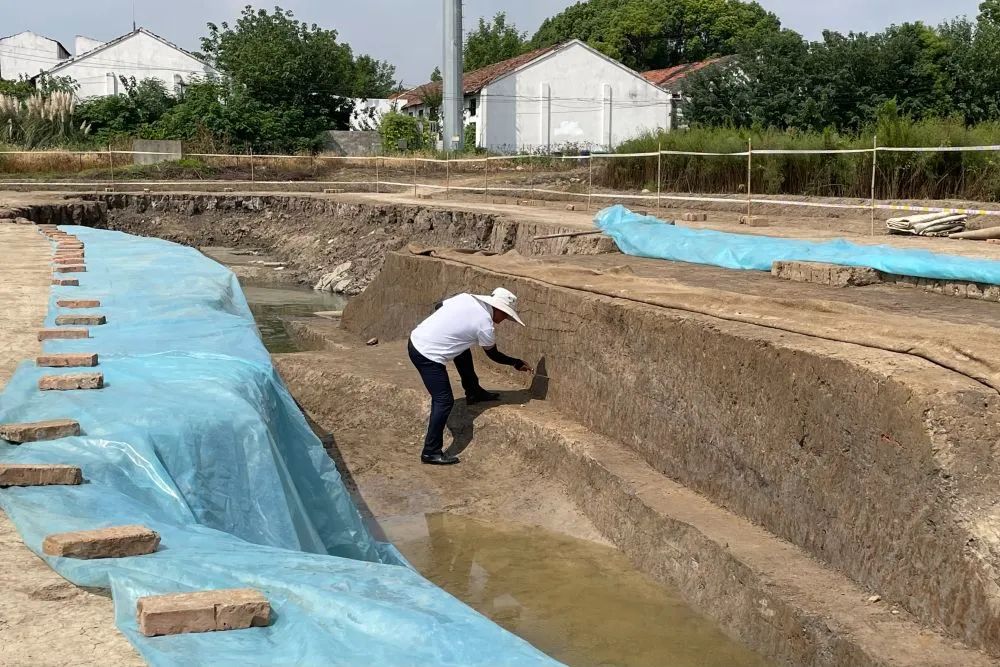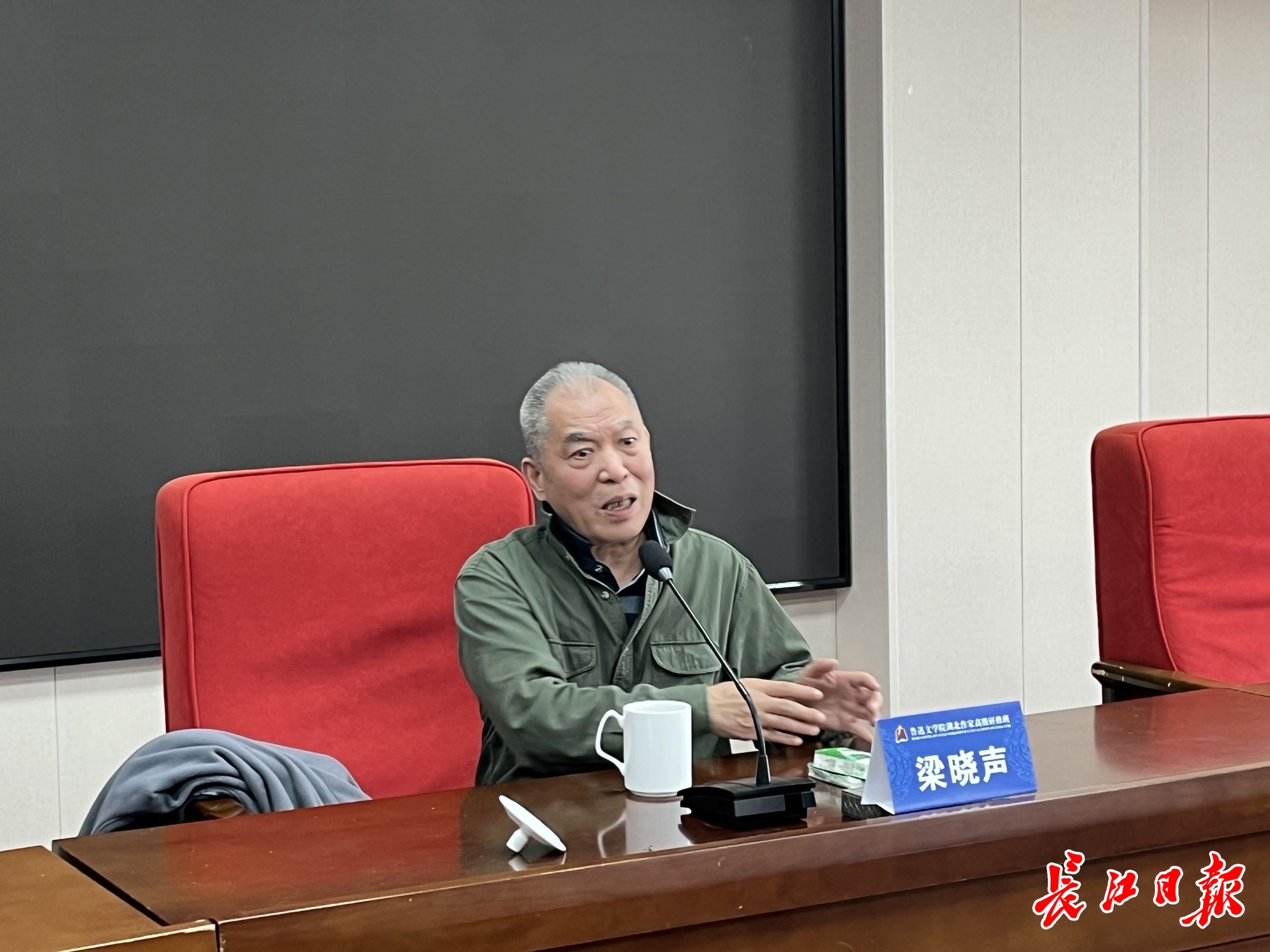Wuxi newly discovered large sites!
Author:Jiangsu News Time:2022.09.25

Jiangsu Wuxi Discovery
During the Spring and Autumn Period and the Warring States Period, large cities ruins!

In the archeological site of Hongshan National Archaeological Sites in Wuxi City, Jiangsu Province, the Wujiabang site in a large city during the Spring and Autumn Period and the Warring States Period was initially presented after archeological exploration. The city is based on the river, and the river in the city is criss -crossed. Archaeological excavation is still underway.
The Wujiayu site was discovered unexpectedly
At the end of 2019, when local farmers excavated ditch, a large number of pottery was found;
In 2020, the Institute of Cultural Relics and Archeology of Wuxi City involved in the exploration and found the wall relics;
In 2021, it was excavated at 3 points of the site and found a large number of living pottery and primitive porcelain.
Li Guangri, deputy director of the Institute of Cultural Relics and Archeology, Wuxi City
After analysis of the characteristics of unearthed cultural relics and carbon 14
Judging this site is
Spring and autumn to the city of the early Warring States Period
Archaeological exploration shows that the city is divided into inner cities, outer cities, and Guocheng from the inside to the outside, covering an area of about 800,000 square meters. Among them, there are walls on the west and south side of the inner city, and the east and north are used as a barrier, covering an area of about 83,000 square meters.
According to Li Guangri, the Wujiayu site is more than 10 kilometers away from Taihu Lake. From the perspective of exploration and excavation, during the Spring and Autumn Period and the Warring States Period, the river in the city was criss -crossed. The waterway was the main transportation method at that time. The gate of the southwest corner of the city is also in and out of the river, which is a water city.

△ The picture shows the utensil unearthed during the excavation of the Wujiabang site
At the scene, a section of the city wall anatomical surface discovered by archeologists and a living area relic with ashes, pillar holes, and well -eye wells. The bottom of the city wall is 16 meters wide and the upper width is 7 meters. The current height is about 1 meter. There are obvious traces of raw fire in the living area, and many ceramic living vessels are found, as well as some primitive porcelain. Experts speculate that this may be a kitchen building. Near this architectural site, the exploration also found two high -level architectural sites, which have not yet been excavated.
Li Guangri said that there are currently 99 sidelines in the city, and the water well depth is 5 meters to 6 meters. Judging from the number of wells, a large number of people lived in the city at that time.
Hongshan Site is a national key protection site
It is also one of the first batch of national archeological sites parks
The entire site park covers an area of 7.5 square kilometers
More than 140 ancient tombs have been proven
Mainly for the tombs of the Spring and Autumn Period and the Warring States Period
Hongshan Site is currently excavated
The biggest tomb is Qiu Chengdun
For the Big Warring State Noble Tomb
Who is the tomb owner, it is still a mystery
The discovery of the Wujiabang site is
Wuyue Culture Research provides more physical information



Comprehensive | Release of Xinhua News Agency Wuxi
Edit | Yuanyuan
© Jiangsu News
focus on
- END -
Henan Luohe: Mid -Autumn Festival dialect folklore
Source: Luohe Learning PlatformThe Mid -Autumn Festival is also known as August 15th and August, August, Monthly Month, Worship of the Month, or reunion festivals. It is a traditional cultural festiva
Liang Xiaosheng's new work "Father and Son", compressing the stories of several generations to 300,000 words

Liang Xiaosheng was at the teaching site. Reporter Wan Jianhui PhotoOn the morning...